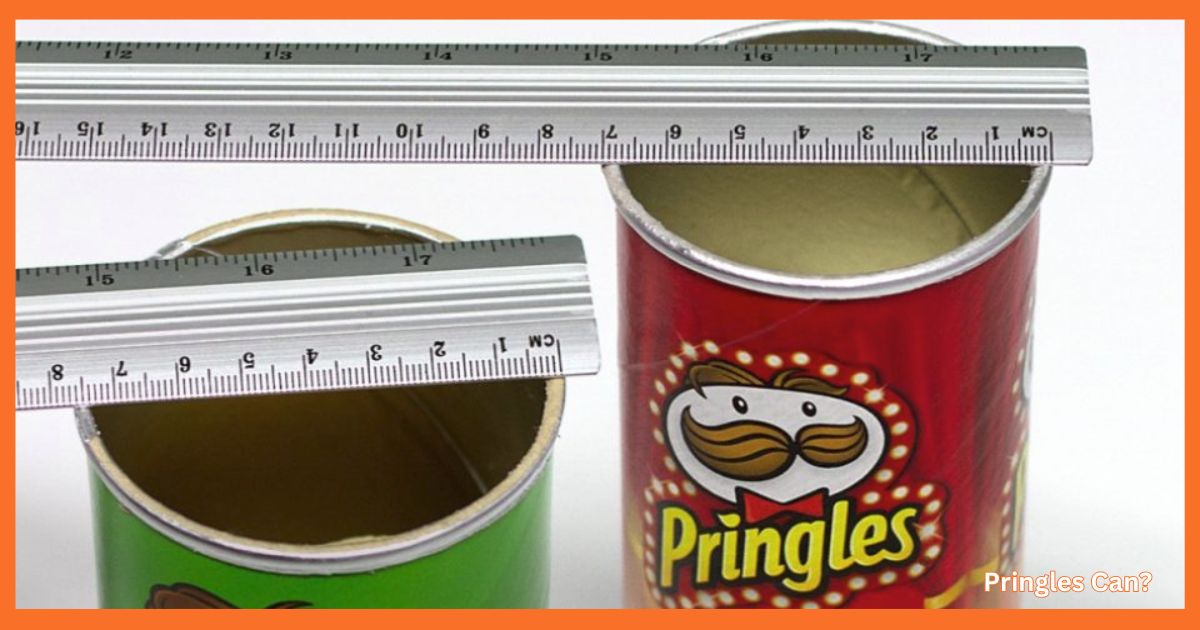Imagine standing at the edge of a football field, watching the players sprint from one end to the other. You can easily measure 50 feet in your mind because it’s half of the length of the field!
But what if you didn’t have a football field for reference? Understanding what 50 feet looks like in real-world terms can be quite useful. It’s a common measurement used in many everyday contexts, from construction projects to sports and even the design of everyday objects.
In this article, we’ll explore six things that are 50 feet long or big, helping you grasp the significance of this measurement in the real world. By the end, you’ll have a better sense of how far or wide 50 feet really is and when it matters in practical scenarios.
1. A Standard School Bus

School buses are a staple of childhood memories for many. But how long is a school bus, really? On average, a standard school bus measures around 50 feet in length. This size is important because it determines how many students the bus can transport, how it can navigate through streets, and how much space is needed for parking and turning.
School buses typically come in various sizes depending on the region and transportation needs, but the 50-foot size is considered the standard for most buses that are used for public and private school routes. This size helps balance the need for passenger capacity with practical driving and maneuvering concerns.
Interesting Fact: Did you know that a typical school bus weighs about 24,000 pounds when empty? That’s because it’s built to carry so many passengers and withstand the wear and tear of daily transportation.
2. A Telephone Pole
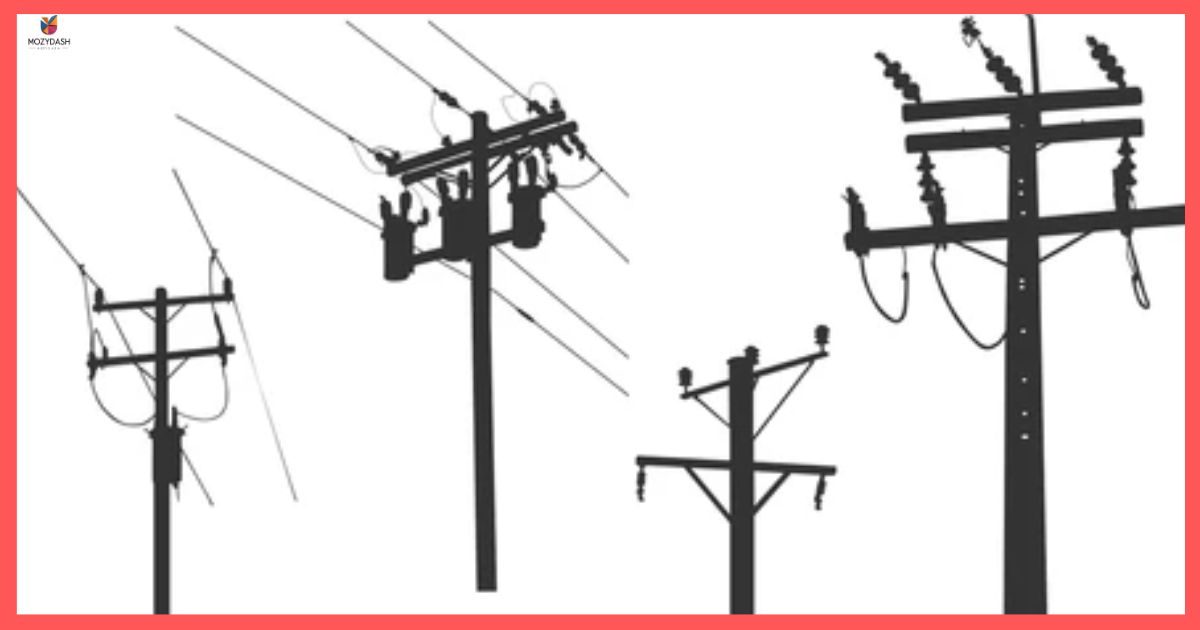
Utility poles, also known as telephone poles, stand as tall sentinels along the sides of highways and streets, supporting telephone and electrical lines. These poles are usually about 50 feet tall, making them a familiar sight in urban and rural areas alike.
The height of a standard utility pole allows it to hold several power lines and provide the necessary clearance for vehicles and pedestrians below. These poles are often made of wood, though some are steel or concrete depending on the location and the weight of the cables they support.
Interesting Fact: The tallest telephone poles can rise to over 100 feet in some regions! These super-tall poles are typically used in areas with significant elevation changes or long distances between power stations.
3. A Half-Court Basketball Shot

In the world of sports, 50 feet is also a significant measurement. Specifically, the length of a half-court basketball shot is about 50 feet. While this might seem like a challenge for many players, professional basketball players often attempt shots from this distance in various drills or even during games.
Half-court shots are iconic in basketball, particularly during the final moments of a game or at halftime during special events. While shooting from 50 feet might not always result in a successful basket, it can be a highlight-reel moment if the player makes the shot!
Interesting Fact: The longest recorded basketball shot in a professional game was made from 89 feet away! That’s nearly double the length of a half-court shot and a true testament to a player’s skill and precision.
4. A Large Whale, Like the Sperm Whale

In the animal kingdom, some of the largest creatures on Earth are also around 50 feet long. Take the sperm whale, for example, which can grow up to 50 feet in length. Sperm whales are the largest toothed predators in the world and are known for their deep dives, sometimes plunging thousands of feet below the ocean’s surface to hunt for food.
A 50-foot sperm whale is truly an awe-inspiring sight. It’s hard to grasp the scale of this massive marine mammal until you see it up close. While most whales are known for their incredible size, the sperm whale stands out due to its unique head shape and impressive diving capabilities.
Interesting Fact: The sperm whale’s brain is the largest of any animal on Earth, weighing up to 20 pounds! Despite their size, they primarily feed on smaller animals like squid.
5. A Bowling Alley Lane

If you’re into bowling, you’re probably familiar with the layout of a bowling alley. A standard bowling lane measures exactly 60 feet from the foul line to the headpin, but 50 feet of that length is used for the actual lane portion where the ball rolls. The final 10 feet include the approach area and pin deck.
A 50-foot stretch is key to the speed and control a bowler needs to get the ball to strike down the pins. Understanding the length of the lane helps bowlers judge how much speed and spin to put on the ball to hit their target.
Interesting Fact: The world record for the longest bowling strike ever recorded was a staggering 106 feet! This was accomplished by a skilled bowler in a unique event, showing how the ball can be made to travel even further than the typical 60 feet.
6. A Large Tree (e.g., Oak or Pine)

In nature, some of the tallest trees can reach up to 50 feet in height, especially in temperate climates where oak or pine trees dominate the landscape. These trees may not be the tallest in the forest, but they represent a common height for mature trees in residential or urban areas.
A tree’s height is critical for its survival and growth. Trees around 50 feet tall have typically reached a point where they can contribute to the local ecosystem by providing shade, oxygen, and habitats for animals. Many people plant trees with the intention of creating shaded areas or adding to the aesthetic beauty of their yards, and understanding the height of a 50-foot tree can help when planning your garden or landscaping.
Interesting Fact: Some of the largest trees in the world, like the giant sequoia, can grow to heights exceeding 300 feet! But even a 50-foot oak or pine tree can be an impressive sight in its own right.
7. A Firetruck Ladder
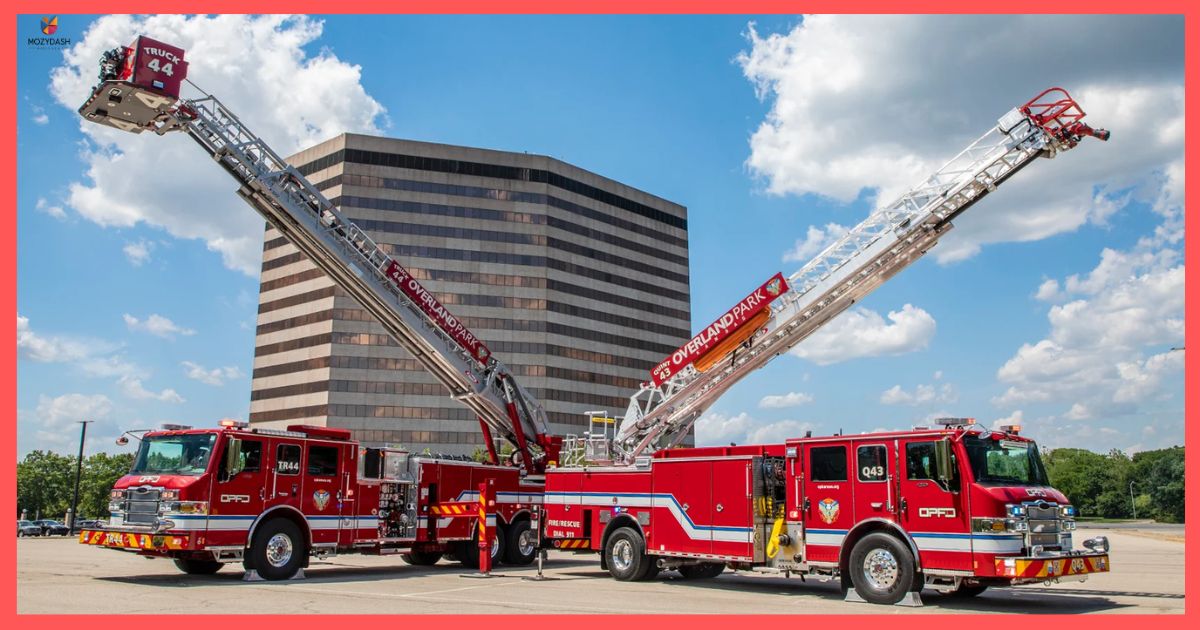
A typical firetruck ladder, especially those used in large cities, can extend up to 50 feet. Firetrucks are equipped with extendable ladders to assist in rescue operations, enabling firefighters to reach high windows of buildings or safely evacuate individuals from elevated positions.
These ladders are crucial for urban firefighting, where buildings can be several stories tall. A 50-foot ladder provides the necessary reach to save lives in emergency situations, allowing firefighters to access windows and roofs that are otherwise out of reach.
Interesting Fact: The tallest firetruck ladder ever built extends over 130 feet! It was designed for skyscraper rescue operations, demonstrating how technology has advanced to meet the challenges of modern firefighting.
8. A Golf Course Par-3 Hole

In golf, par-3 holes are some of the most interesting challenges for players. While the length of these holes can vary, many standard par-3 holes are designed to be around 50 feet in length, particularly those used for tee-off distances that aren’t too long for beginners or intermediate golfers.
A par-3 hole challenges golfers to use a mid-range iron or wedge to make an accurate, controlled shot onto the green. Understanding the distance can help golfers strategize and choose the right club for their shot.
Interesting Fact: The shortest par-3 hole in the world is just 31 yards (about 93 feet) long, located at the 12th hole of the Pocklington Golf Club in England!
9. A Submarine’s Periscope
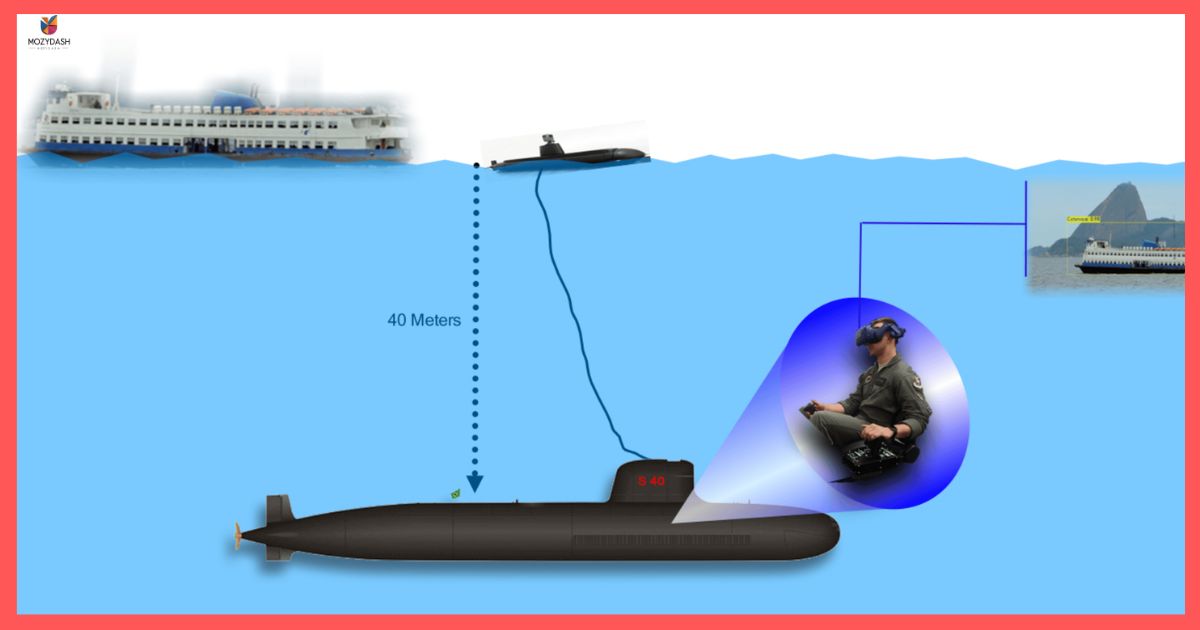
The periscope on a submarine is often designed to extend to a height of approximately 50 feet, allowing the crew to observe the surface of the water while the submarine is submerged. The periscope’s length and design are essential for tactical operations, especially when navigating in enemy territory or in deep waters.
The 50-foot periscope gives a high vantage point while keeping the submarine hidden beneath the surface. This allows submariners to observe potential threats, ships, and landmasses without exposing their vessel.
Interesting Fact: Submarines use advanced optical and electronic technology in their periscopes, allowing them to see in high resolution even at great depths and under low-light conditions.
Read This Blog: https://mozydash.com/1-foot/
10. A Circus Tent’s Height

A circus tent, often a central attraction at carnivals or circus events, can stand at about 50 feet tall at its peak. This impressive structure is designed to accommodate large crowds and give performers enough room to showcase their acts. The size also helps with ventilation and ensuring the tent doesn’t collapse under wind or weather conditions.
The height of a circus tent is key to the functionality of the event. It allows for aerial performances, large animal enclosures, and expansive seating arrangements, all while maintaining stability and safety during performances.
Interesting Fact: Some of the largest circus tents in the world, used for events like Cirque du Soleil, can rise up to 80 feet in height!
11. A Cargo Container
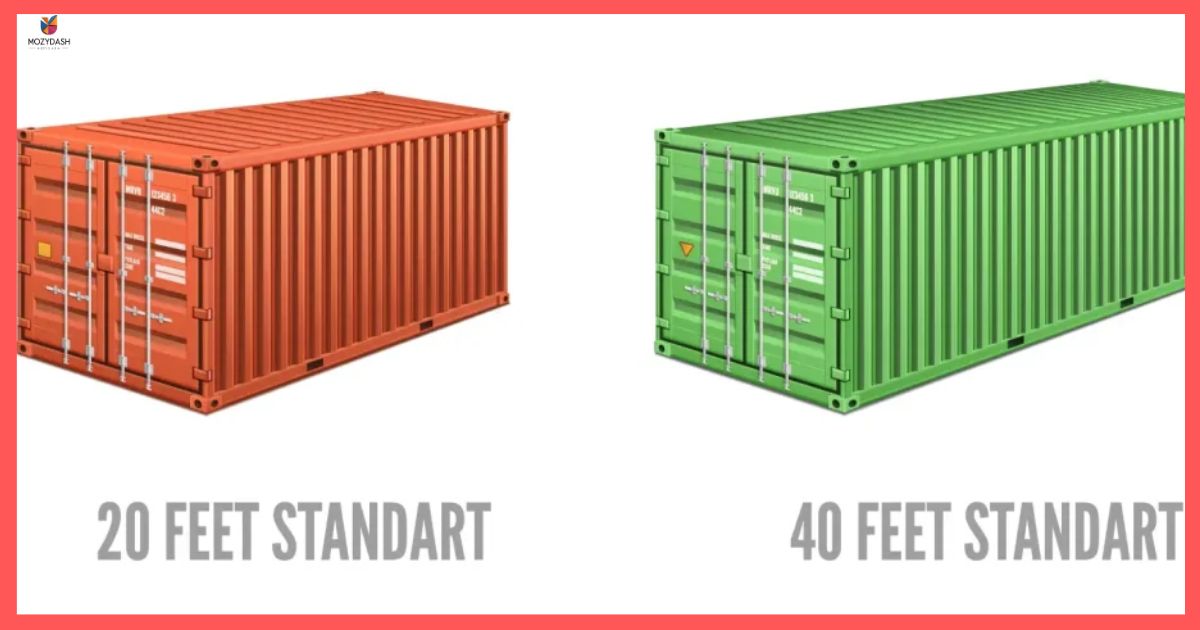
A standard cargo container used in shipping, especially for international trade, is typically 50 feet long. These containers are crucial for transporting goods across the globe by sea, rail, or road. Their size allows for efficient storage and transportation of a wide variety of products, from electronics to clothing.
A 50-foot container provides ample space for goods, helping reduce shipping costs and streamline logistics operations. It’s large enough to carry a significant amount of merchandise while still being manageable for various modes of transport.
Interesting Fact: In 2021, more than 200 million shipping containers were used worldwide, facilitating global trade in everything from food to automobiles!
Read this Blog: https://mozydash.com/6-inches-long/
12. A Giant Sequoia Seedling

While mature giant sequoias can grow to staggering heights of over 300 feet, a young sequoia tree, particularly in the early stages of growth, can reach about 50 feet in just a few decades under the right conditions. These towering trees, native to California, are some of the largest and oldest living organisms on Earth, but even their seedlings can reach impressive heights.
A 50-foot sequoia seedling is remarkable in the world of trees, symbolizing the beginning of a journey that can span centuries. These trees are known for their resilience and longevity, surviving for thousands of years.
Interesting Fact: The oldest known giant sequoia is thought to be over 3,200 years old! This makes them not only
Real-World Applications & Practical Measurement Tips
Now that you know more about things that are 50 feet long, how can you estimate this measurement in your own life? Here are some practical tips:
- Use a Football Field: A standard American football field is 100 yards long (300 feet), so half the length of the field is 50 feet. This makes it easy to visualize the size of 50 feet while watching a game or while outside.
- Measure with Known Objects: If you’re out and about, you can use objects like school buses or even a large pickup truck as a rough reference for 50 feet. A typical pickup truck can measure around 20 feet long, so three trucks parked end-to-end would give you roughly 50 feet.
- Pacing It Out: If you don’t have a ruler or tape measure handy, simply take several paces. The average adult stride is about 2.5 to 3 feet long, so it would take you around 16 to 20 steps to walk 50 feet.
Conclusion
Understanding what 50 feet looks like can be surprisingly practical in everyday life. From measuring out space in a home renovation to estimating distances on a sports field, knowing how long 50 feet is can help you navigate the world with greater ease. Whether you’re estimating the height of a tree, judging the distance of a half-court shot, or even watching a school bus drive by, you can now place those 50-foot objects in a meaningful context.
As a fun challenge, take a look around your home, office, or neighborhood—how many things can you spot that are about 50 feet long or big? It’s a useful skill that will come in handy more often than you might think!

Rober max seo expert


